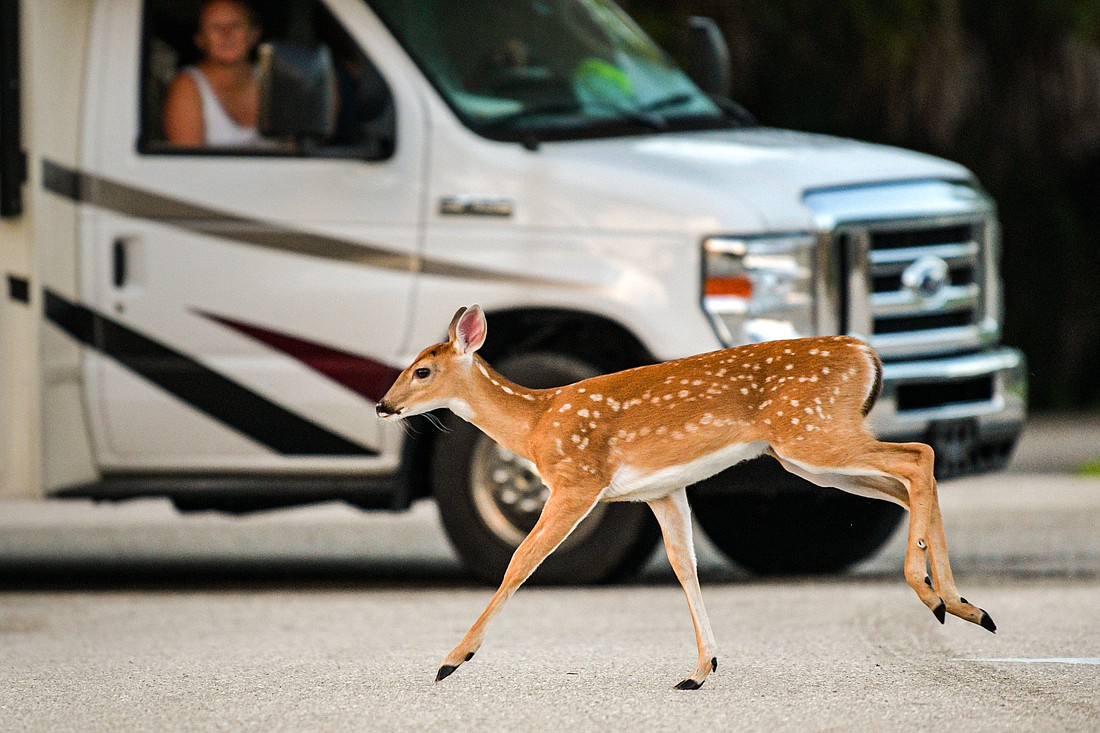- April 26, 2024
-
-
Loading

Loading

With most of its more than 37,000 acres undeveloped, Myakka River State Park offers critical habitat for our native flora and fauna. These tranquil lands also provide visitors the increasingly rare opportunity to experience and enjoy wild Florida ecosystems minimally impacted by humans.
To maintain the park's natural essence, the majority of the park is unpaved and minimally developed. Although State Road 72 bisects the park for more than 12 miles, 14,500 acres south of it are completely undeveloped. This includes Myakka's Wilderness Preserve, an area specifically managed to preserve its unique natural appeal and value.
Even in protected lands such as Myakka, roads that cross habitats place wildlife at risk, because animals are forced to cross them to get to food, water and other resources. In fact, wildlife-vehicle collisions are the leading cause of mortality for many wildlife species, with an estimated 1 million vertebrates dying on our roads daily.
Traffic volume and speed are main contributors to wildlife mortality on roads, with the highest rates of collisions occurring on busy two-lane roads, such as SR 72. Of the 42 vehicle collision mortality cases the park recorded in the past three months, over 90% occurred on SR 72, with 15 species of birds, reptiles and mammals killed.
Negative impacts from roads are of particular concern for imperiled species, whose populations are already at risk. A juvenile crested caracara, a federally designated threatened bird, was recently killed while feeding on SR 72. Caracaras are fire-dependent, and only recently started returning to the park, thanks in part to the reintroduction of fire. Scavengers like caracaras prey on carcasses of animals killed on roads, which increases the risk of death for this already endangered species.
Myakka forms an important link in a chain of protected lands, which could become critical for endangered wildlife such as the Florida panther. As development continues to encroach on the park and traffic volume continues to increase, the risk to our wildlife rises. Slowing down, especially at dawn and dusk when many wildlife species are more active, is a small but important step we can all take to help protect them.
Friends of Myakka River exists to support Myakka River State Park and the Wild and Scenic Myakka River. Together, we're protecting and sharing Myakka's Magic, to the benefit of future generations, and our own. Follow us @FriendsofMyakkaRiver.